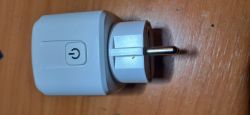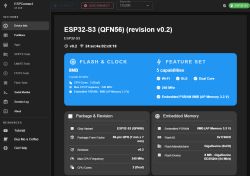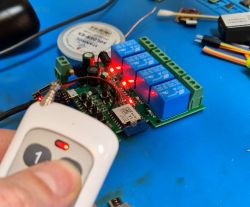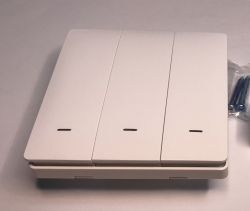The Arduino IDE cannot see my device and claims that the only port that is selectable does not exist...
In the Arduino IDE the project passes the check ("Verify") and compiles, but the Arduino IDE throws errors about a connection problem / does not find such a port as /dev/ttyS0. Only this port is seen in the list in the IDE, I have no other choice.
I have Arduino IDE 1.8.19 (installed with SNAP from Ubuntu Software) and Ubuntu 22.
How do I remedy this? Thanks for your help!
Command:
ls -l /dev/ttyS0
yields:
crw-rw-rw- 1 root dialout 4, 64 Mar 2 13:58 /dev/ttyS0 .
Quote:
Global variables use 38540 bytes (11%) of dynamic memory, leaving 289140 bytes for local variables. Maximum is 327680 bytes.
python3 /home/cc/snap/arduino/85/.arduino15/packages/esp32/tools/esptool_py/4.5.1/esptool.py --chip esp32 --port /dev/ttyS0 --baud 921600 --before default_reset --after hard_reset write_flash -z --flash_mode dio --flash_freq 80m --flash_size 4MB 0x1000 /tmp/arduino_build_570467/SimpleBleDevice.ino.bootloader.bin 0x8000 /tmp/arduino_build_570467/SimpleBleDevice.ino.partitions.bin 0xe000 /home/cc/snap/arduino/85/.arduino15/packages/esp32/hardware/esp32/2.0.7/tools/partitions/boot_app0.bin 0x10000 /tmp/arduino_build_570467/SimpleBleDevice.ino.bin
esptool.py v4.5.1
Serial port /dev/ttyS0
A fatal error occurred: Could not open /dev/ttyS0, the port doesn't exist
A fatal error occurred: Could not open /dev/ttyS0, the port doesn't exist
In the Arduino IDE the project passes the check ("Verify") and compiles, but the Arduino IDE throws errors about a connection problem / does not find such a port as /dev/ttyS0. Only this port is seen in the list in the IDE, I have no other choice.
I have Arduino IDE 1.8.19 (installed with SNAP from Ubuntu Software) and Ubuntu 22.
How do I remedy this? Thanks for your help!
Command:
ls -l /dev/ttyS0
yields:
crw-rw-rw- 1 root dialout 4, 64 Mar 2 13:58 /dev/ttyS0 .






